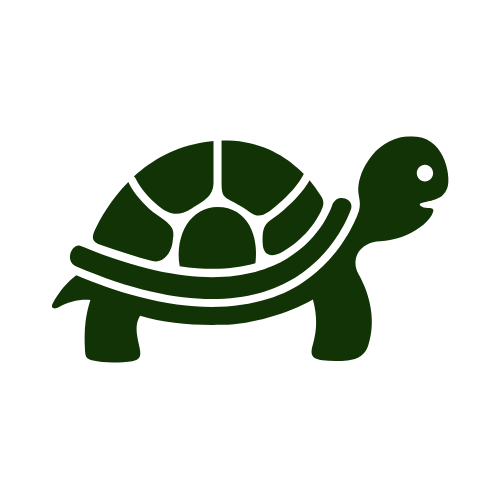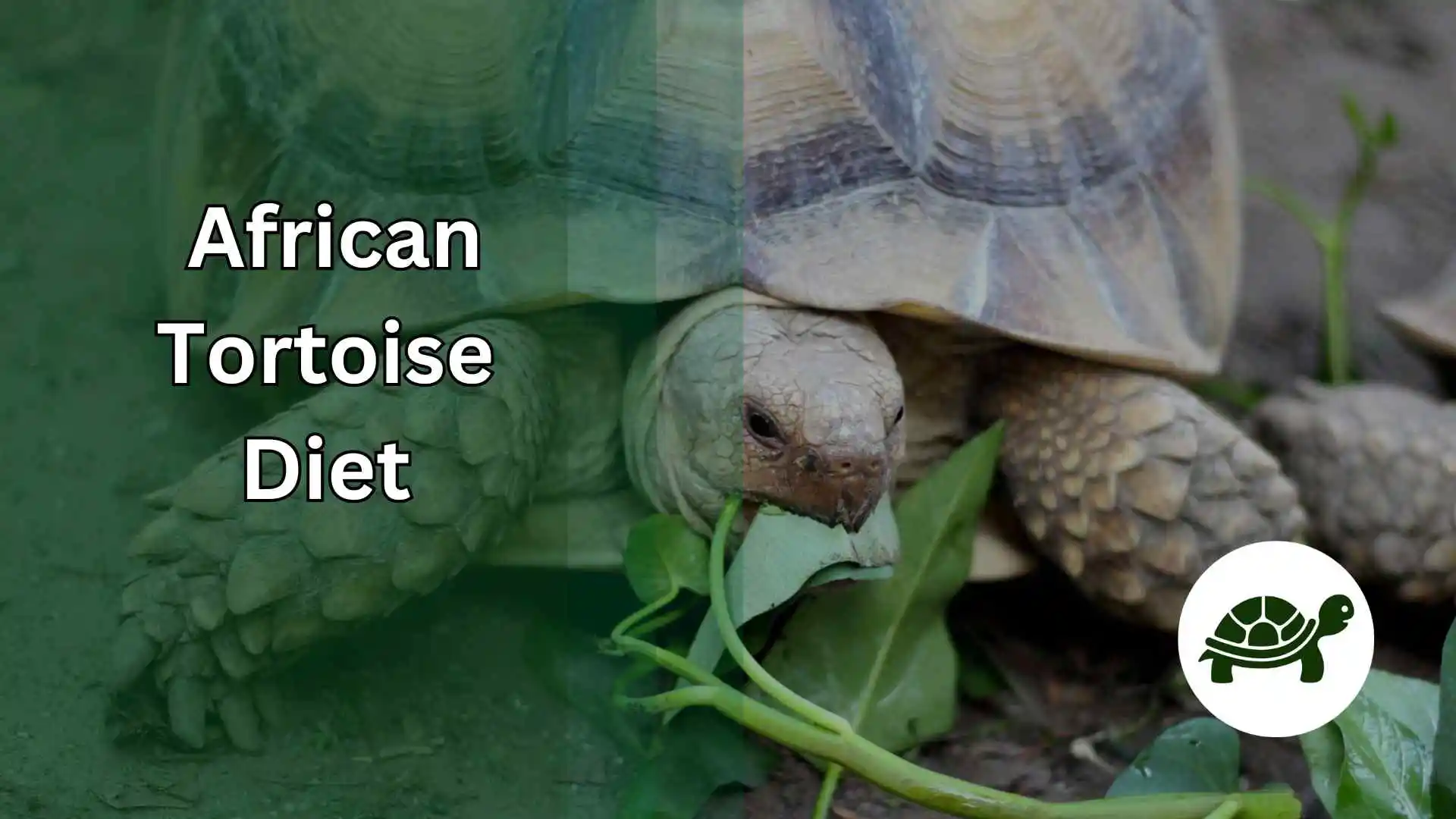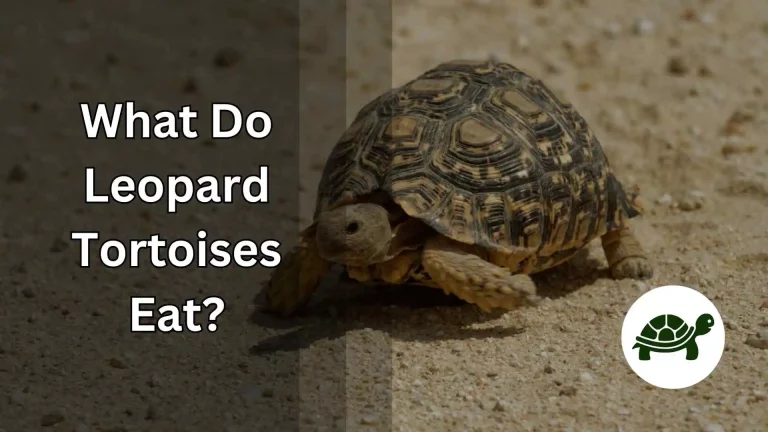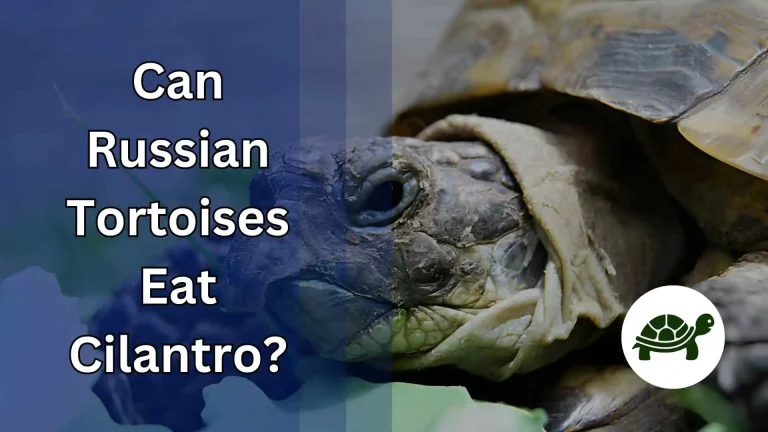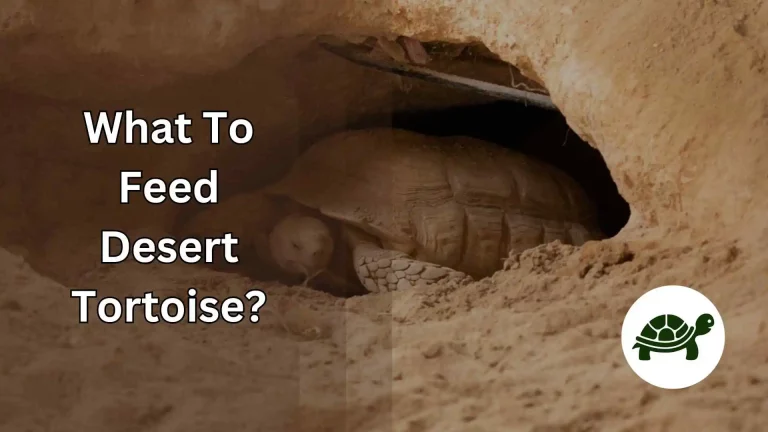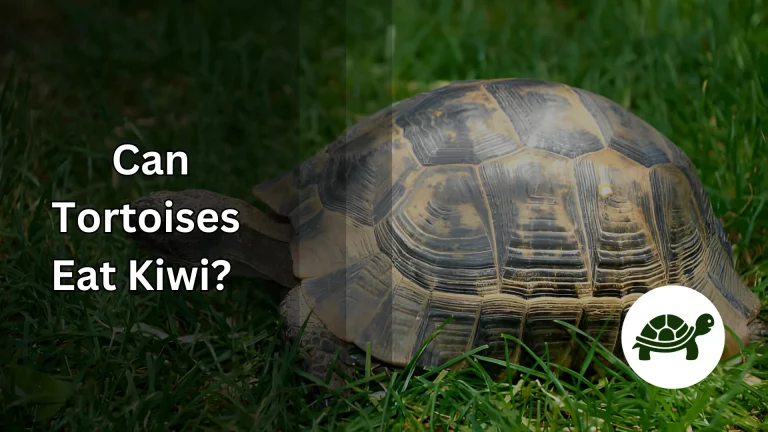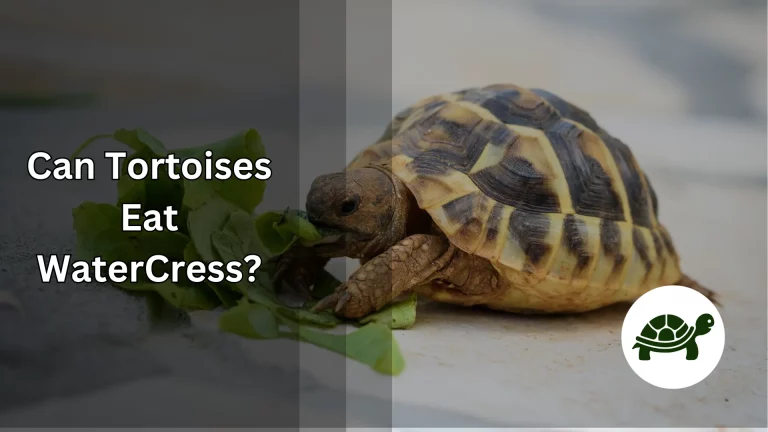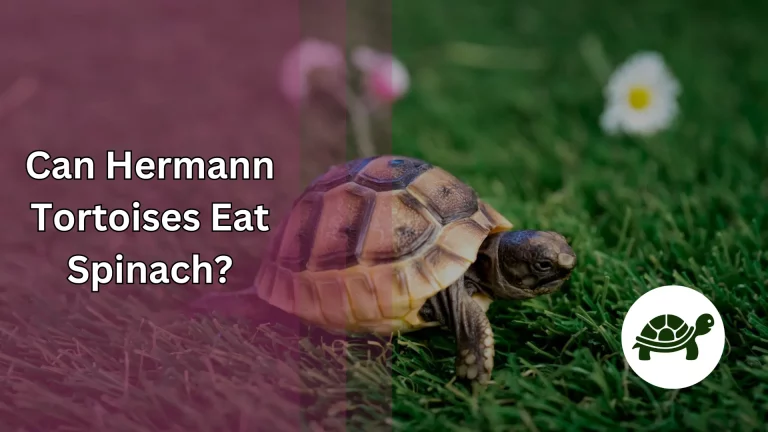African Tortoise Diet – All You Need To Know
When one thinks of the vast African landscapes, it’s not just the lions, elephants, or zebras that capture the imagination. African tortoises, particularly species like the African Spurred Tortoise (often known as Sulcata) and the vibrant Leopard Tortoise, are a crucial piece of this rich biodiversity. These gentle creatures, with their distinctive domed shells and deliberate movements, are not only fascinating to watch but also carry ancient wisdom from their slow-paced lives.
The Cornerstone of Health: Just as with any creature, the well-being of an African tortoise is intrinsically tied to its diet. In their natural habitats, these tortoises have evolved to eat a varied diet, rich in fibers, nutrients, and minerals. But when in captivity, it’s crucial that owners mimic this natural diet as closely as possible. The right diet not only ensures their longevity but also keeps their shells healthy and their energy levels consistent.
This guide aims to delve deep into the intricacies of the African tortoise diet. Whether you’re a proud tortoise owner or simply a curious reader, this comprehensive look into what these magnificent creatures eat, what they should avoid, and the common dietary mistakes made will provide valuable insights. Let’s embark on this journey and discover how to best care for these African gems through their diet.
Understanding African Tortoise Species
A Diverse Array from a Diverse Continent: Africa, with its varied landscapes and climates, is home to several tortoise species, each uniquely adapted to its environment. When one mentions the term “African tortoise,” it’s not a singular entity but rather an umbrella that encompasses different species, each with its distinct features and dietary requirements.
Sulcata: The African Spurred Giant: Often referred to as the African Spurred Tortoise, the Sulcata is the third-largest tortoise species in the world. Native to the southern edge of the Sahara desert, these gentle giants are primarily herbivores, relying on grasses and succulents in the wild. Recognizable by their characteristic large, spiky scales (or ‘spurs’) on their rear legs, Sulcatas have a hearty appetite and require a spacious environment to thrive, given their potential to grow extremely large.
The Colorful Leopard Tortoise: Another fascinating member of the African tortoise family is the Leopard Tortoise. As its name suggests, it boasts a shell with stunning patterns reminiscent of a leopard’s spots. Found in the grasslands and savannas of eastern and southern Africa, this species has a slightly varied diet from the Sulcata, including both grasses and broad-leaved plants. Understanding these differences is essential for anyone looking to provide the best care for these beautiful creatures in captivity.
Natural Habitat and Dietary Habits
Africa’s Vast Landscapes – A Tortoise’s Playground
From the arid stretches of the Sahara desert to the lush grasslands of eastern and southern Africa, the continent offers a variety of habitats suitable for tortoises. Each region, with its unique flora and climate, contributes to the dietary habits of the native tortoise species. As caretakers or enthusiasts, understanding these habitats can offer invaluable insights into replicating the most natural and beneficial environments for these creatures when they’re in captivity.
In the Wild: A Diet Refined by Evolution
In their native habitats, African tortoises, be it the Sulcata or the Leopard Tortoise, have diets crafted by millions of years of evolution. Sulcatas, for example, traverse the desert edges, consuming a high-fiber diet primarily of grasses and succulents, which not only provide nutrition but also hydration. On the other hand, Leopard Tortoises, amidst the savannas, have access to a wider range of leafy plants, adding diversity to their diet. These wild dietary habits play a vital role in their digestion, growth, and overall health.
Captivity Challenges
Bridging the Gap: In captivity, the challenge lies in replicating the natural diet these tortoises would consume in the wild. A misinformed or inadequate diet can lead to numerous health issues, from shell deformities to digestive problems. Hence, the goal for any tortoise guardian is to bridge this gap, ensuring that the nutritional needs are met, mirroring their wild counterparts as closely as possible.
The Essentials of an African Tortoise Diet
African tortoises, with their diverse habitats spanning grasslands to deserts, have diets deeply rooted in nature’s offerings. To ensure they lead a healthy life in captivity, replicating this dietary blueprint is pivotal. By understanding and introducing these vital food items, caretakers can come close to mirroring their tortoises’ natural dietary regime.
Grasses and Hay
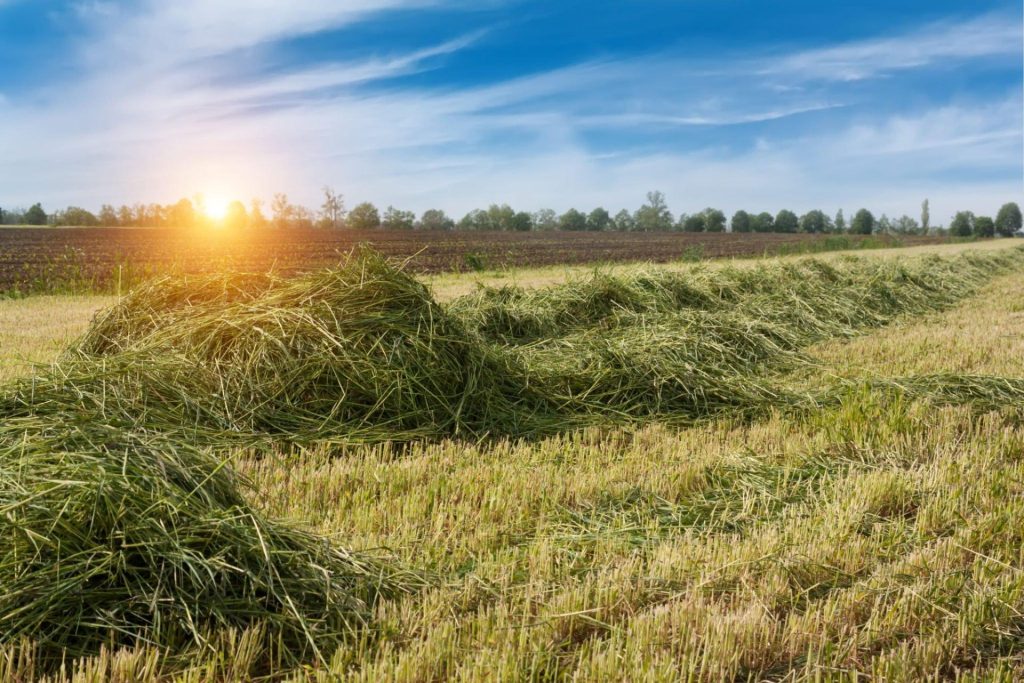
Grass forms a significant portion of many African tortoise species’ diets, especially for those like the Sulcata. Offering a variety of grasses, such as Timothy, Bermuda, or Orchard grass, can provide necessary fiber and nutrients. Additionally, hay can be a valuable supplement, especially during colder months or when fresh grass isn’t readily available.
Leafy Greens
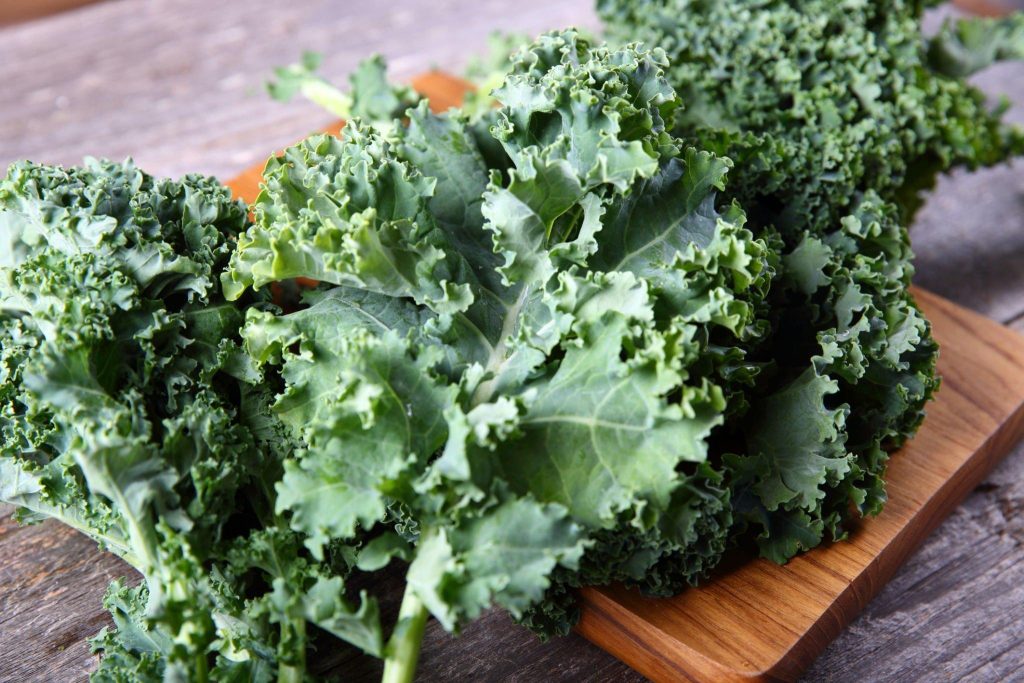
Packed with essential vitamins and minerals, leafy greens should be a staple. Dandelion greens, mustard greens, collard greens, and kale are fantastic choices. These greens not only provide calcium but also a range of other nutrients beneficial for shell and bone health.
Vegetables
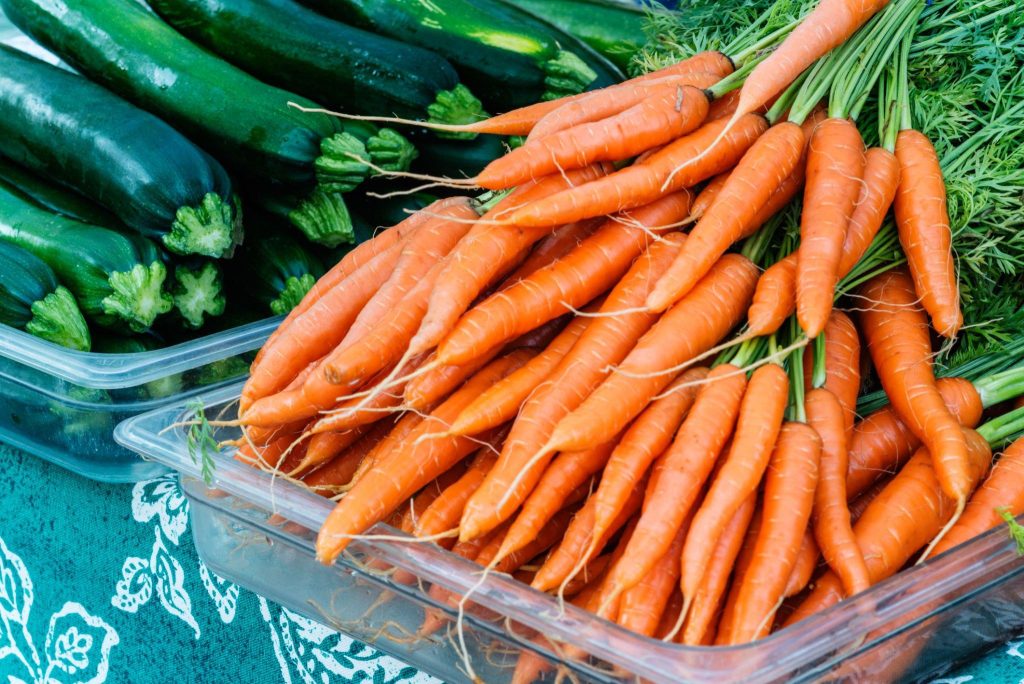
A moderate inclusion of veggies can add variety and vital nutrients. Foods like bell peppers, carrots, and zucchini can be incorporated into their diet. However, it’s crucial to ensure they’re fresh, clean, and free from pesticides.
Fruits
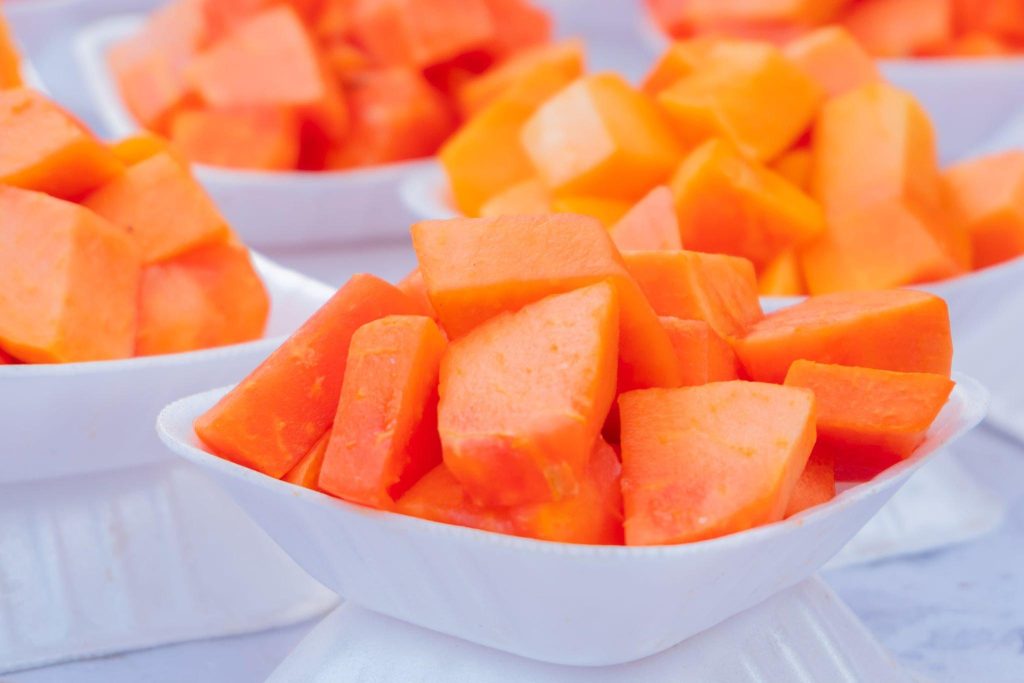
While fruits shouldn’t be the mainstay, they can act as occasional treats. Choices like berries, melon, and papaya can offer hydration and additional vitamins. But given their sugar content, they should be given sparingly, ensuring they don’t upset the tortoise’s digestive balance.
Supplements
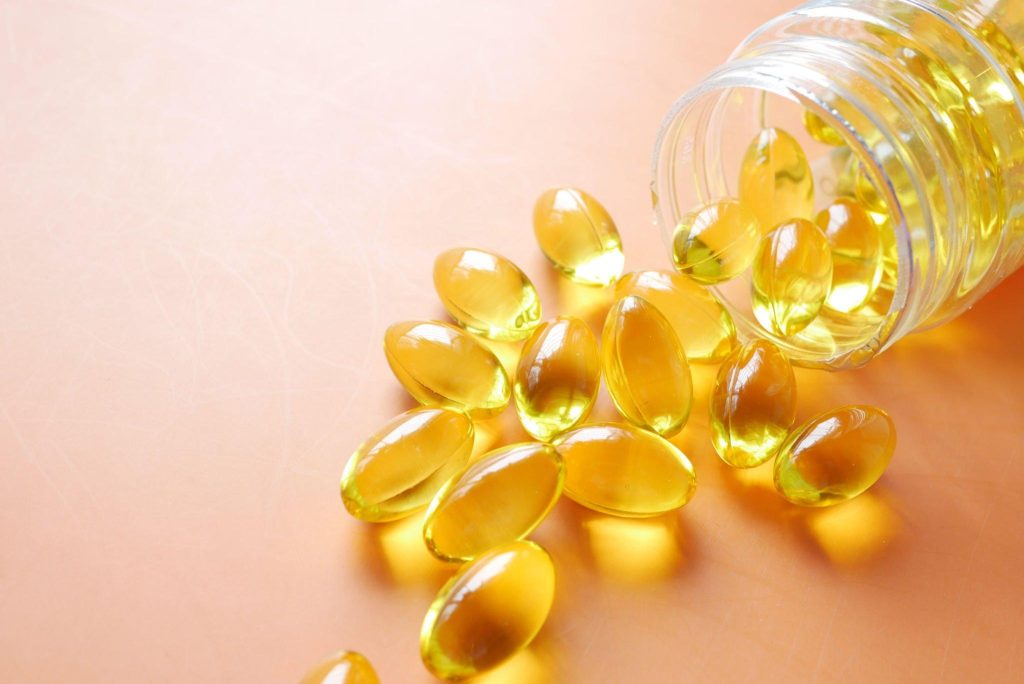
While a varied diet will cover many nutritional bases, occasional supplements, like calcium without D3 (if they receive adequate UVB exposure), can be sprinkled on their food. This ensures they aren’t missing out on any essential nutrients, promoting overall health.
Foods to Avoid

Tempting Yet Treacherous Treats
While it might be tempting to spoil our shelled friends with a variety of foods, especially those we humans relish, it’s essential to remember that not all foods are tortoise-friendly. Some, though they seem harmless, can be detrimental to their health. For African tortoises, their native dietary habits have evolved to suit specific environmental conditions and available flora. Introducing unfamiliar foods can disrupt this balance, leading to health complications.
The Toxic and the Troublesome
There are certain foods that are outright toxic for tortoises. Some common plants, like rhubarb and certain types of ivy, can be harmful if consumed. High-protein foods, such as dog or cat food, are a strict no-no, as tortoises are not equipped to process large amounts of protein. Similarly, dairy products and meat are not suitable for their herbivorous digestive systems. Furthermore, foods high in oxalates, like spinach and beet greens, can bind calcium, posing a risk to their shell and bone health.
Steering Clear for a Healthy Tortoise
The key to a thriving African tortoise is understanding and respecting their dietary limitations. Being informed about potential dietary dangers can prevent inadvertent health issues. After all, a happy, healthy tortoise is often a result of a well-researched, carefully curated diet, free from harmful or unsuitable foods.
Hydration: The Overlooked Component
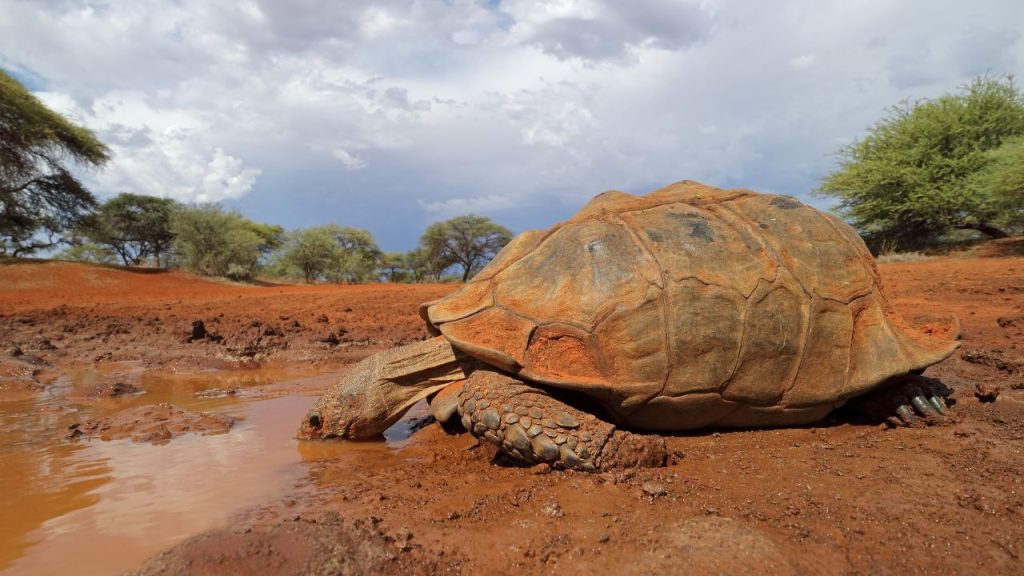
More than Just Eating Right: When it comes to tortoise care, diet often takes center stage. However, hydration – a less discussed but equally crucial aspect – plays an essential role in maintaining a tortoise’s health. In the wild, African tortoises, particularly those from arid regions, have evolved unique ways to retain and optimize their water intake, ensuring they stay hydrated even in the most challenging environments.
The Dual Role of Diet in Hydration
For species like the African Spurred Tortoise, living on the fringes of deserts, their diet acts as a primary water source. By consuming moisture-rich succulents and grasses, they intake water, making the most of their environment. In captivity, providing a diet high in water content, like cucumbers and melons in moderation, can supplement their hydration needs. But it’s also vital to ensure they have consistent access to a fresh water source for drinking.
Soaking: A Ritual with Benefits
Beyond drinking, regular soaking sessions can be a boon for tortoises. These sessions not only help in keeping them hydrated but also assist in maintaining skin and shell health. For African tortoises in captivity, especially younger ones, a lukewarm soak once or twice a week can make a world of difference, promoting hydration, aiding in exfoliation, and ensuring they remain active and healthy.
Common Dietary Mistakes and How to Avoid Them
The Pitfalls of Care
While African tortoises are hardy and adaptive creatures, they’re not immune to the effects of a poorly constructed diet. Many well-intentioned tortoise guardians, in their enthusiasm or sometimes due to misinformation, make dietary choices that can inadvertently compromise the health of their shelled companions. Identifying common pitfalls is the first step towards providing optimal care.
Overfeeding and the Quest for Variety
One of the frequent missteps is overfeeding, which can lead to rapid growth, obesity, and shell deformities. While it’s essential to ensure tortoises receive adequate nutrition, it’s equally crucial to avoid excessive caloric intake. Another common mistake is providing a limited range of foods, depriving tortoises of dietary variety they’d experience in the wild. Incorporating a diverse array of safe greens, veggies, and occasional fruits can replicate a more natural, balanced diet. Additionally, relying too heavily on fruits can lead to digestive issues and imbalances due to their sugar content.
The Sunlit Solution
UVB light and natural sunlight play a pivotal role in a tortoise’s health, aiding in calcium absorption and bone health. Often, indoor tortoises are deprived of this essential exposure, leading to metabolic bone disease and other related issues. Providing access to natural sunlight or UVB lamps, alongside calcium supplements, can counteract this common oversight, ensuring tortoises have the tools to process their diet effectively.
Tips for Feeding Your African Tortoise
Knowledge is Power
Venturing into the world of African tortoise care requires a blend of research, observation, and intuition. As these majestic creatures depend on us to replicate the natural, diverse diet they’d encounter in the wild, it’s crucial to be well-informed. Investing time to understand their species-specific needs can make feeding not just a routine but a rewarding experience, witnessing your tortoise thrive in health and spirit.
Rotation is Key
Just as humans appreciate variety in their meals, so do tortoises. Rotate through a list of safe vegetables, greens, and occasional fruits to ensure they’re receiving a balanced mix of vitamins and minerals. Grasses, dandelion greens, kale, and collard greens can form the core of their diet. While fruits should be offered more sparingly, treats like melon or berries can be a delightful change. It’s also crucial to monitor their response to different foods – stools that are too loose might indicate too much fruit, while constant grazing could suggest they need a bit more sustenance.
Safe Feeding Practices
Always ensure that the produce you’re offering is free from pesticides or chemicals. If possible, opt for organic choices or thoroughly wash the foods before serving. Additionally, provide a flat rock or a feeding tile as a dining surface. This not only keeps the food clean but also helps in naturally grinding down their beaks as they eat. And remember, while food is crucial, always ensure your tortoise has access to fresh, clean water, replenished regularly.
Frequently Asked Questions (FAQs)
1. How often should I feed my African tortoise?
For young, actively growing tortoises, daily feeding is usually recommended. Adult tortoises can be fed every other day or even less frequently depending on their species, size, and activity level. Always monitor their weight and overall health to adjust feeding frequency as needed.
2. Can I feed my tortoise fruits every day?
While fruits can be a delightful treat for your tortoise, they shouldn’t form the staple of their diet. Due to their sugar content, fruits should be given in moderation, typically once a week or less, to avoid digestive imbalances and other potential health issues.
3. What are the best sources of calcium for my tortoise?
Cuttlebone, often used for birds, is a fantastic, chewable calcium source for tortoises. You can also sprinkle calcium powder (without Vitamin D3 if they get ample UVB exposure) on their food. Additionally, offering dark leafy greens rich in calcium, like dandelion greens and kale, can help meet their calcium needs.
4. Is it okay to feed my tortoise lawn grass?
Yes, many African tortoise species thrive on a diet rich in grasses. However, ensure the grass hasn’t been treated with pesticides, herbicides, or fertilizers. Species like the Sulcata particularly benefit from grass-based diets, resembling their natural grazing habits.
5. How do I know if my tortoise is overweight or underweight?
Regular weight checks using a kitchen or postal scale can help monitor your tortoise’s growth and overall health. A steady, gradual weight gain in growing tortoises is a good sign. However, rapid weight gain in adults could indicate overfeeding. If the plastron (the underside of the shell) feels concave or the shell has abnormal growths, it might be time for a vet checkup.
Conclusion
Tending to the dietary needs of an African tortoise is both a privilege and a responsibility. These ancient creatures, with their unique dietary habits forged by the landscapes of Africa, require a blend of dedication, research, and observation. By respecting their natural inclinations and ensuring we provide a diet as close as possible to what they’d consume in the wild, we not only honor their heritage but also ensure they lead a life brimming with health and vitality.
While diet is undoubtedly a foundational aspect of tortoise care, it’s crucial to remember it’s only a part of the equation. Proper hydration, adequate UVB exposure, and regular health check-ups complete the circle of comprehensive care. In our journey with these magnificent creatures, every meal, every observation, and every moment of care deepens our bond, reminding us of the interconnected tapestry of life on our planet.
